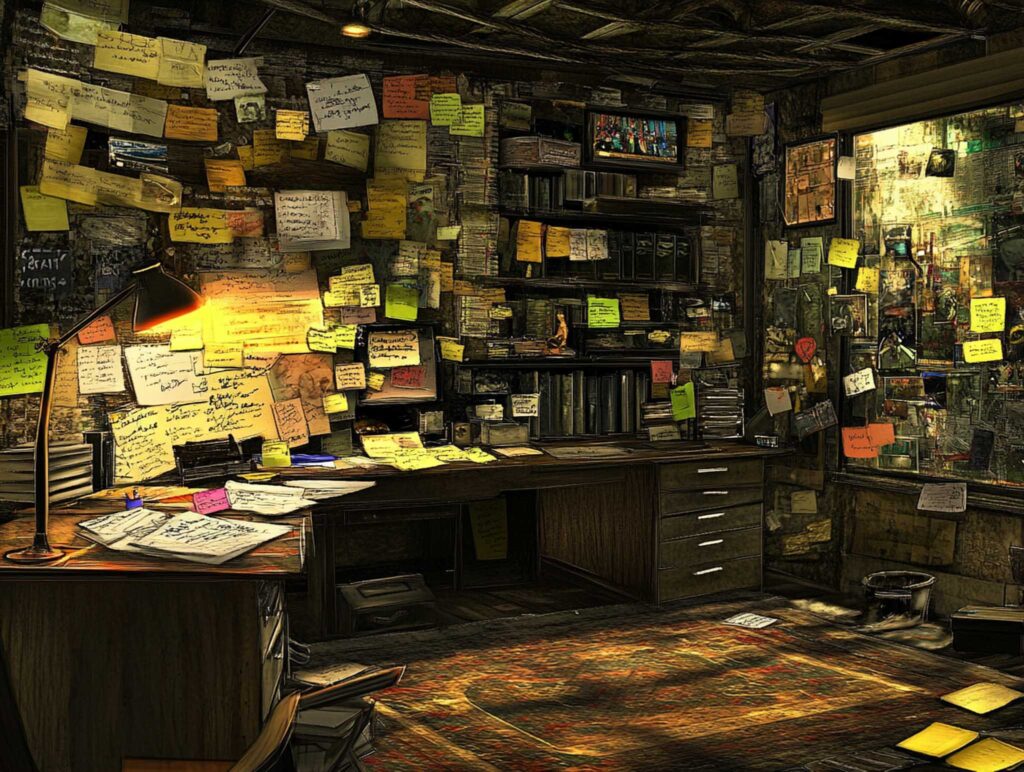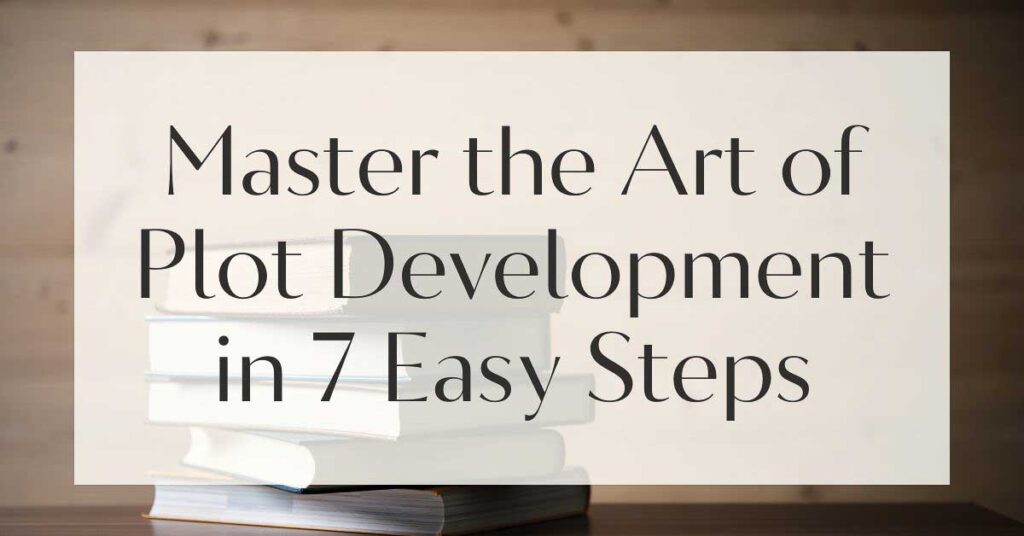Have you ever wondered why some stories linger in your mind long after you’ve turned the last page or watched the final scene? Often, it’s because they tap into universal emotions like regret.
This powerful emotion can turn a simple tale into a profound journey, making it relatable and deeply impactful. But how do you write regret in a way that feels real and not just a plot device? Dive into these six secrets to master the art of writing regret that truly resonates with your readers.
Understanding the Essence of Writing Regret
Regret is more than just a feeling; it’s a complex emotion that encompasses sorrow, reflection, and often a desire for change. In storytelling, it serves as a catalyst for character development and narrative depth. To harness its full potential, one must first understand its essence.
What is Writing Regret?
Writing regret involves crafting moments where characters reflect on their past decisions, actions, or inactions, leading to a sense of remorse.
It’s a tool that reveals a character’s values, motivations, and vulnerabilities, making them more relatable and human. This emotion often drives the plot forward, creating tension and conflict within the story.
To effectively convey regret, ensure it is tied to specific events or decisions in your character’s past. This specificity adds authenticity and makes the emotion more relatable to readers.
The Importance of Regret in Emotional Storytelling
Incorporating regret into your narrative can elevate your storytelling by adding layers of emotional complexity. It allows readers to connect with characters on a deeper level, fostering empathy and engagement.
Moreover, it can serve as a powerful motivator for character growth and transformation, providing a fertile ground for exploring themes of redemption and forgiveness.
Trick #1: Crafting Authentic Character Backstories
Creating believable characters often requires delving into their pasts. Their histories shape their present actions and future decisions, especially when it comes to feelings of regret.

Connecting Regret to Character Motivation
When crafting character backstories, consider how past events might influence their current motivations. Regret often stems from pivotal moments in a character’s life, such as lost opportunities or moral failures.
These moments should be intricately woven into the character’s narrative, influencing their choices and actions throughout the story.
Examples from Literature and Film
Many classic stories utilize regret as a central theme. For instance, in F. Scott Fitzgerald’s “The Great Gatsby,” Jay Gatsby’s regret over losing Daisy Buchanan propels the entire plot.
Similarly, in Charles Dickens’ “A Christmas Carol,” Ebenezer Scrooge’s regrets about his past behaviors drive his transformation. These examples highlight how regret can be a driving force in character development and narrative progression.
Trick #2: Utilizing Subtext to Convey Regret
Subtext is the unsaid, the undercurrent that flows beneath dialogue and action, revealing a character’s true feelings without explicit statements. Mastering subtext can add depth to your portrayal of regret.
Google Docs is for notes. Scrivener is for novels. Upgrade your writing game and try it for free today!

The Art of Showing, Not Telling
Instead of directly stating that a character regrets something, show it through their actions, body language, and internal monologue.
A character might hesitate before speaking, avoid eye contact, or engage in self-destructive behavior. These subtle cues can effectively communicate regret without overt exposition.
Use nonverbal cues like averted gazes or clenched fists to subtly indicate a character’s regret. These small details can convey deep emotions without explicit dialogue.
Dialogue and Body Language Cues
Dialogue can be a powerful tool for expressing regret, especially when combined with body language.
A character might stumble over their words, pause frequently, or speak in a softer tone when discussing past mistakes. Similarly, their body language—such as a slouched posture or fidgeting hands—can reveal unspoken feelings of remorse.

Trick #3: Balancing Regret with Hope
While regret can be a heavy emotion, balancing it with hope can create a more dynamic and engaging narrative. This duality can lead to richer character arcs and more satisfying resolutions.
Creating Emotional Depth through Contrast
Juxtaposing regret with hope can highlight a character’s inner conflict and desire for redemption. This contrast can deepen emotional engagement by showcasing a character’s struggle to overcome their past and strive for a better future.
The Role of Redemption in Story Arcs
Redemption is often a natural counterpart to regret. Characters who confront their regrets and seek to make amends can experience profound growth, leading to a more compelling narrative arc.
This journey towards redemption can provide readers with a sense of closure and satisfaction, reinforcing the story’s emotional impact.
Trick #4: Evoking Empathy Through Relatable Experiences
Regret is a universal emotion, making it a powerful tool for connecting with readers. By drawing from personal experiences and creating relatable scenarios, writers can evoke empathy and understanding.
No marketing platform? No social following? No problem!
Publisher Rocket helps you market your debut novel like a pro.
It’s a gamechanger for debut authors – try it today!


Drawing from Personal Regrets
Authors can infuse their writing with authenticity by reflecting on their own regrets and translating those emotions into their characters’ experiences. This personal touch can make the narrative more genuine and relatable, resonating with readers on a deeper level.
Creating Universal Emotional Connections
While specific regrets may vary, the underlying emotions are often universal. By tapping into common human experiences—such as lost love, missed opportunities, or moral dilemmas—writers can forge strong emotional connections with their audience.

Trick #5: Pacing the Revelation of Regret
The timing and manner in which a character’s regret is revealed can significantly impact the story’s suspense and emotional resonance. Carefully pacing these revelations can keep readers engaged and invested in the narrative.
Strategic Timing in Character Development
Introduce elements of regret gradually, allowing readers to piece together the character’s backstory and motivations over time. This gradual unveiling can build suspense and intrigue, drawing readers deeper into the story.
Foreshadowing can be an effective tool for hinting at a character’s regret before fully revealing it. This technique can create anticipation and keep readers engaged.
Building Suspense through Gradual Unveiling
By slowly revealing a character’s regrets, writers can maintain suspense and tension throughout the narrative. This approach allows readers to become emotionally invested in the character’s journey, eagerly anticipating each new revelation.
Feeling lost with your debut novel?
Fiverr Pro connects you with expert editors, designers, and marketers – everything you need to get your book ready for success!

Trick #6: Encouraging Reader Reflection on Regret
Inviting readers to reflect on their own regrets can enhance their connection to the story and its characters. By weaving themes of regret into the narrative, writers can provoke introspection and deeper engagement.
Inviting Readers to Relate to Characters
Encourage readers to empathize with characters by highlighting shared experiences and emotions. This connection can foster a sense of community and understanding, making the story more impactful and memorable.

Utilizing Themes of Regret for Deeper Engagement
Themes of regret can serve as a powerful vehicle for exploring broader existential questions and moral dilemmas. By prompting readers to consider their own regrets and choices, writers can create a more immersive and thought-provoking narrative experience.
Navigating the Complexities of Regret in Writing
Regret is a multifaceted emotion that can be explored in various ways, depending on the genre and narrative focus. Understanding its nuances can enhance a writer’s ability to craft compelling stories.
Understanding the Spectrum of Regret
Regret can range from minor disappointments to profound life-altering realizations. By exploring this spectrum, writers can create nuanced characters and narratives that resonate with readers on multiple levels.
Integrating Regret into Different Genres
While regret is often associated with drama and literary fiction, it can be effectively incorporated into a wide range of genres, from romance to thriller. By adapting the portrayal of regret to suit the genre’s conventions, writers can add depth and complexity to their stories.
Final Thoughts: Embracing Regret as a Narrative Tool
Regret is a powerful emotion that, when skillfully woven into a narrative, can transform a simple story into a rich tapestry of human experience. By embracing regret as a narrative tool, writers can create stories that resonate with readers, leaving a lasting impact and fostering a deeper understanding of the complexities of the human condition.








